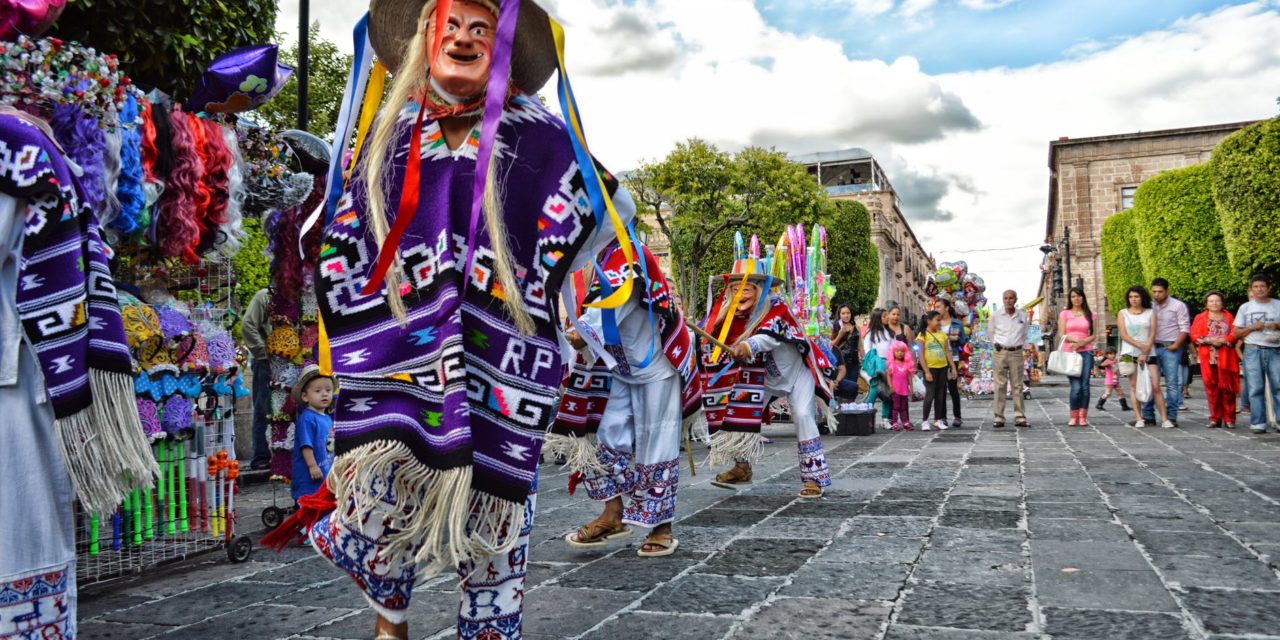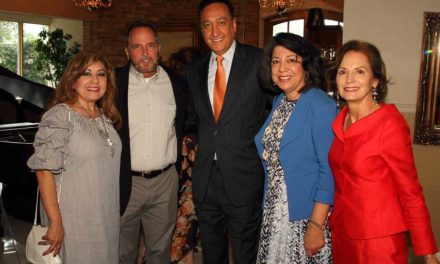Fiesta begins this week. San Antonio’s famed Fiesta is not for the timid or weak of heart. Over 11 days the parades, social events, and just plain party time start early and last until the middle of the night. I grew up in San Antonio and I know several of the bragging points. Here I will discuss Fiesta’s early history, its economic impact, and the eventual inclusion of Rey Feo in Fiesta activities.
SA Fiesta has three major parades, all attracting audiences of over 500,000. Every year Fiesta starts with the colorful Monday night River Parade The parade is celebrating its 75th year in 2019 and is recognized as the largest of its kind in America. On Friday, a sun-drenched crowd of over 700,000 will watch university and school bands and military marchers. Fiesta ends on a Saturday evening with the spectacular evening Flambeau parade.
Everyone loves Fiesta, especially the kids, downtown merchants catering to tourists, and local area restaurants and bars. Last year liquor sales in Market Square surpassed one million dollars in April and May, a result of Fiesta and Cinco de Mayo events. For many Latinos, Fiesta doesn’t end in April, it goes on to merge with Cinco de Mayo celebrations.
Several years ago I inquired, on behalf of the 300 members of the Texas Philosophical Society, about hotel availability during the two weeks of Fiesta. It wasn’t possible. All the rooms were booked–with some bookings arranged years in advance.
Fiesta has its history. The original intent was to honor the visit of U.S. President Benjamin Harrison on April 20, 1891. Several San Antonio women involved in organizing the Harrison visit had seen a parade in Mexico City where carriages and floats were decorated with flowers.
It rained heavily on the day of President Harrison’s visit, so the organizing committee postponed the parade for four days and since President Harrison’s train had left San Antonio, they decided to celebrate San Jacinto Day instead. The occupants of the flowered horse-drawn carriages and floats threw flowers at each other, giving the event its “Battle of Flowers” name.
Over time, the Battle of Flowers grew as an annual event and a King and Queen were designated to lead the parade. The King and Queen officially arrived by special train. By 1900 the event included a Spring Carnival and Street Fair. According to Albert Curtis in his book Fabulous San Antonio, the first appearance of the automobile in the parade occurred in 1902.
Many famous Americans have visited San Antonio during Fiesta. While there are photos of Teddy Roosevelt riding in a carriage decorated with flowers near the Alamo, he did not actually participate in the Battle of Flowers Parade. According to the San Antonio Express News, Roosevelt arrived in San Antonio on May 16, 1898, and left for Cuba on May 28. It is certainly true that he made many visits to the Menger Hotel Bar near the Alamo, but he missed Fiesta.
Susan Yerkes, a reporter for the Local Community News, and a long-time participant-observer of Fiesta writes that “about 150 or more nonprofits and organizations make Fiesta’s 120-plus events happen.” Over the 11 days of Fiesta more than 75, 000 volunteers are assigned a multitude of tasks, according to Yerkes.
Lynn Brezosky of the San Antonio Express News found the economic impact of Fiesta most noteworthy. She wrote: “For those not familiar with the study by Tunstall, lead investigator Javier Oyakawa and a team of research assistants, the numbers are staggering. The amount of spending by 2.5 million attendees and 75,000 volunteers over the 10 or 11 days generates enough income to support 3,464 full-time equivalent local jobs and equates to $206 million in value added to the area. Sales tax alone contributes $3.6 million to local governments.”
This year’s King Antonio is Roger C. Hill III who stays busy with his commercial real estate business. Rey Feo is Salvatore Arlindo Barbaro III who tends to his medical practice as a cardiologist in San Antonio.
King Antonio is traditionally chosen by the Texas Cavaliers, a San Antonio organization founded in 1927. Since initially, Mexican Americans did not belong to this organization, there was little chance that a Latino would ever serve as King Antonio.
The origin of the Rey Feo has an interesting history. According to the Rey Feo website, a tradition of choosing an “Ugly King” or the “People’s King” had its origins in medieval Spain when the King associated only with the aristocrats and distanced himself from the common people. That tradition traveled to Mexico where it was incorporated into Fiera de la Flores.
The idea for Rey Feo started with LULAC in 1947. LULAC wanted to raise funds for scholarships and introduced the Fiera de la Flores events during the Fiesta week and held other fundraising events in San Antonio. However, it was not until 1980 that Rey Feo was invited to participate in the four Fiesta parades.
During the first thirty years of existence, Rey Feo also had few Fiesta responsibilities. Gilbert Garcia of the San Antonio Express News wrote that “El Rey Feo (The Ugly King) had no formal affiliation with Fiesta. It carried no minimum fundraising requirement for the king. It was not supported — as it is now — by a Consejo (council) of 122 San Antonio business titans.”
Garcia’s interviews revealed that during the first 50 years of the Rey Feo selection, “El Rey” was always a high profile Latino such as Manuel Davila, the 1972 Rey Feo, who had prominence as the founder of KEDA Radio station. Garcia observed that the Rey Feo tradition has “also transformed what began as a protest against the elitist Anglo-dominated Fiesta of the 1940s into a beloved part of the institution it once satirized.” Richard Davila, the son of Manuel Davila, known to conjunto music fans by his nickname “Güero Polkas,” acknowledged that Rey Feo had a huge educational impact, by distributing more than $4 million in scholarships to 3,000 local students. “All of that is truly important,” he told Garcia. However, Davila “missed the king’s humbler days.” Davila also revealed his frustration with the new direction Rey Feo had chosen. “I’m not knocking
anybody,” he told Gilbert Garcia, “but it just seems that the multimillionaires come in and they just place whoever they want in there,” adding, “If you notice, it’s turning more toward gringos being there.”
I hope Fiesta will be with us for many decades to come, and I hope young Mexican Americans will continue to graduate from our inner-city schools. Young students of every ethnicity and race look to role models to emulate.
Fiesta can be a vehicle for fun and food, but it should and can be much more by providing a diversity of role models that represent the best of San Antonio.
Fiesta Past and Present








